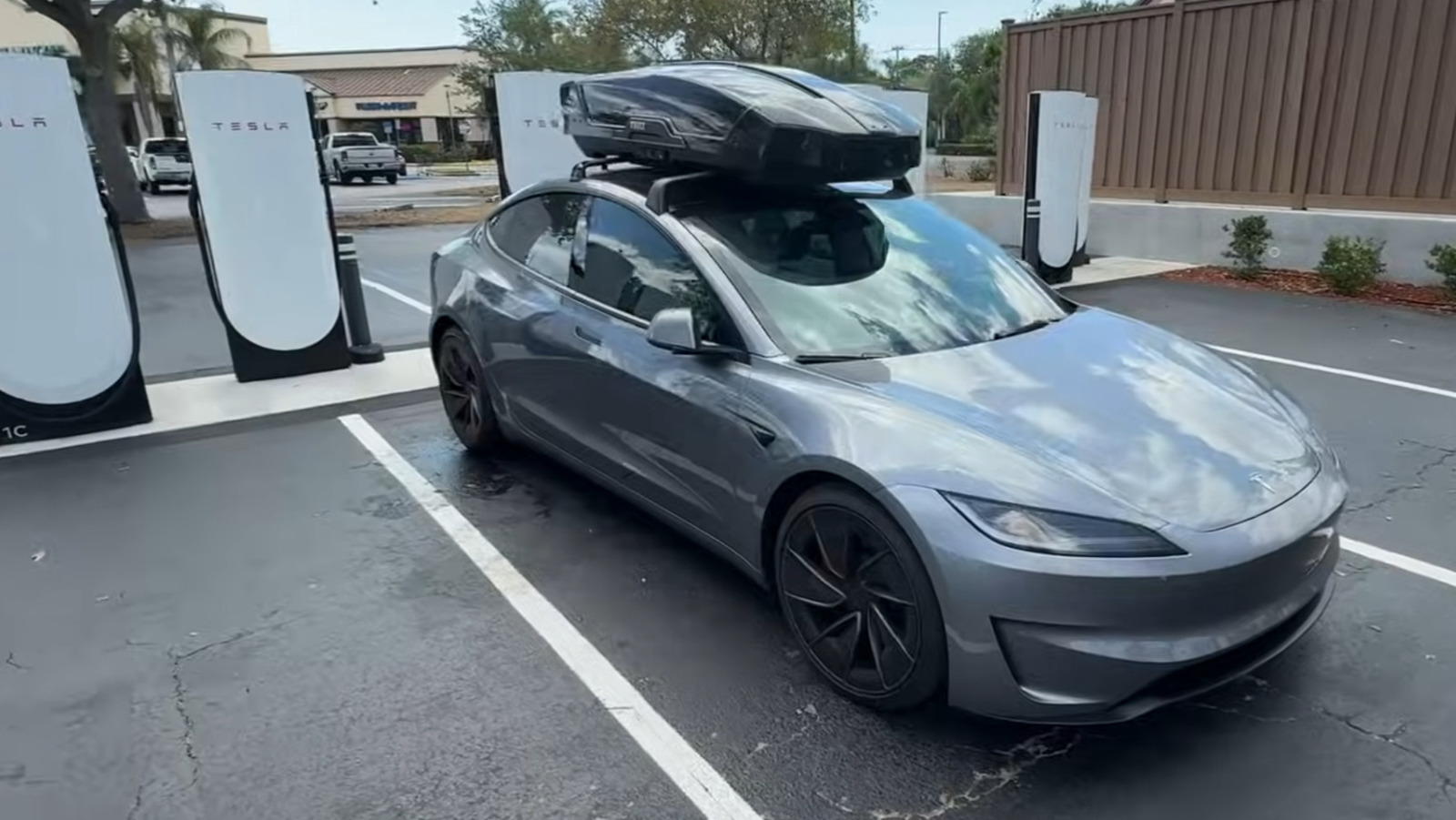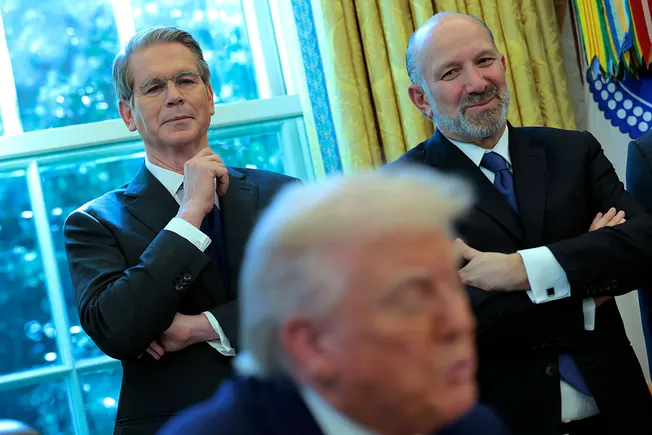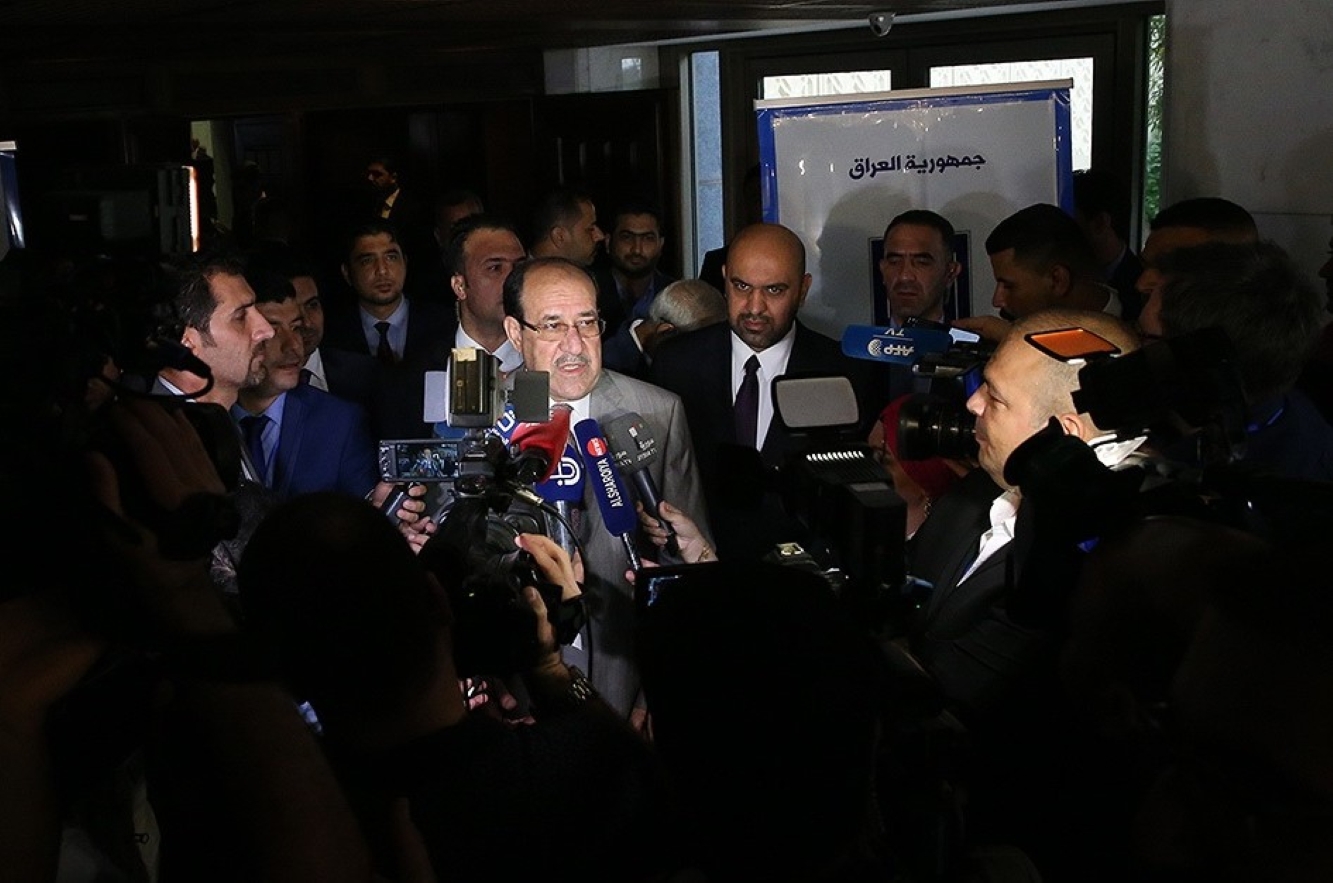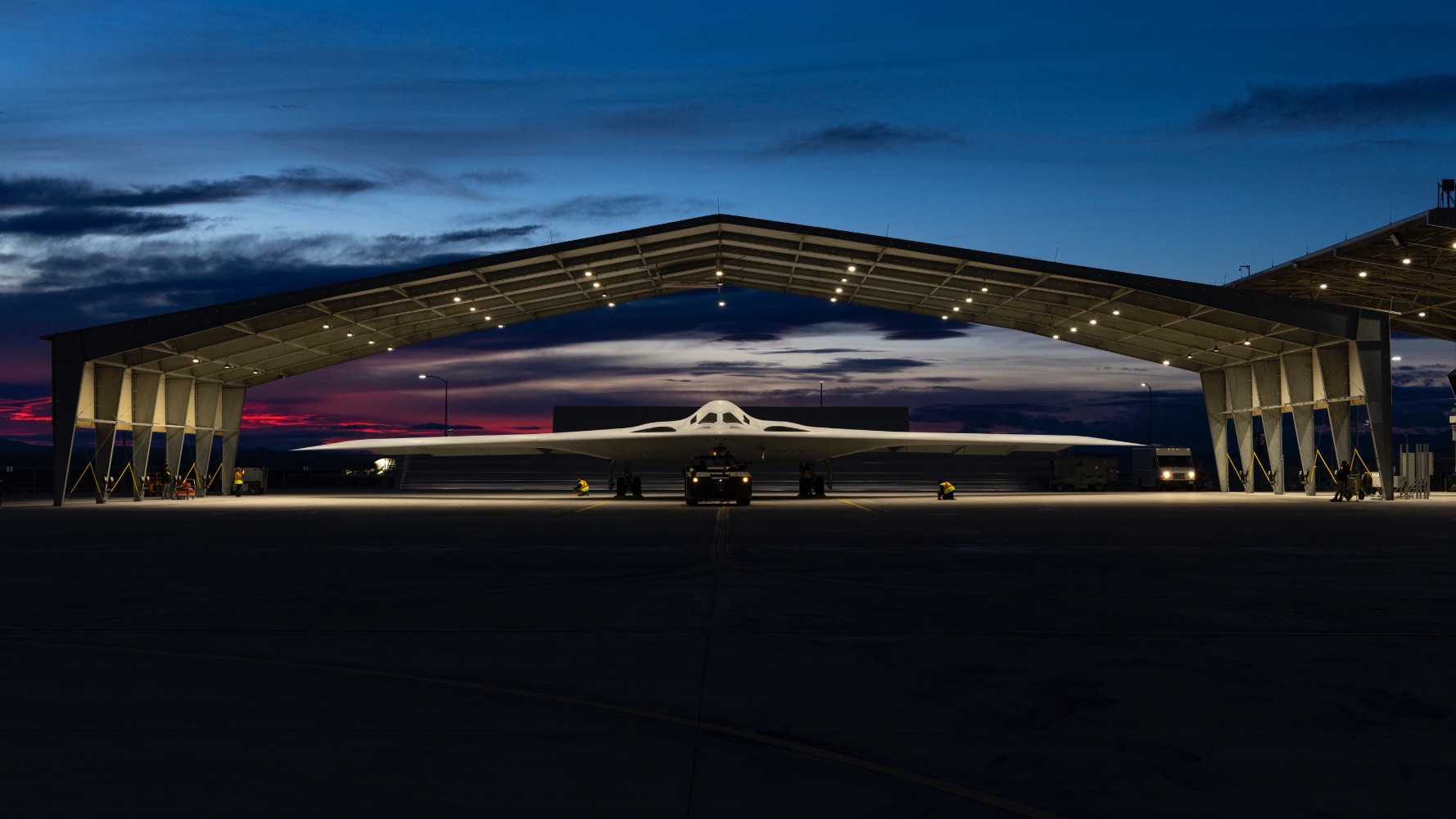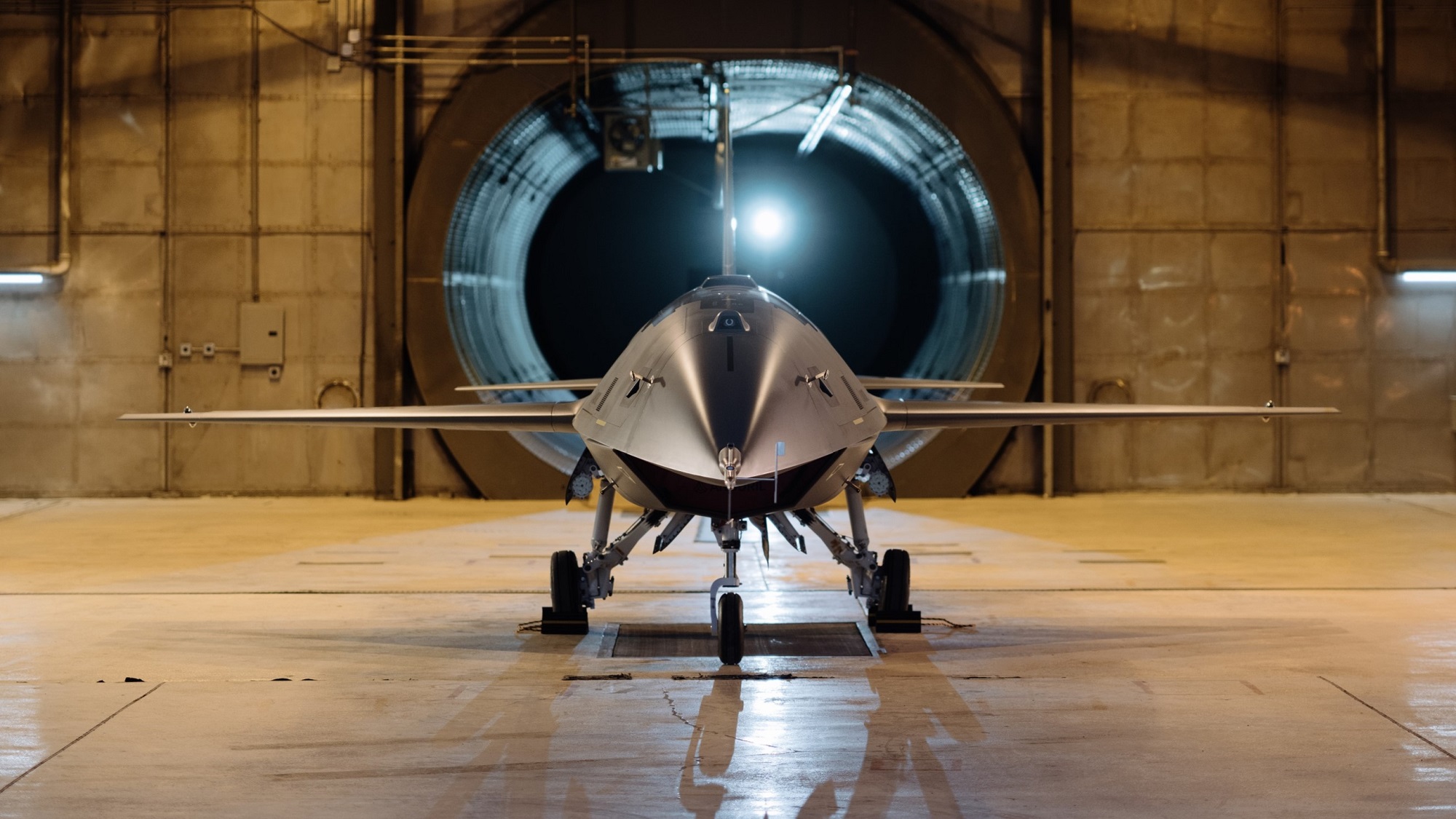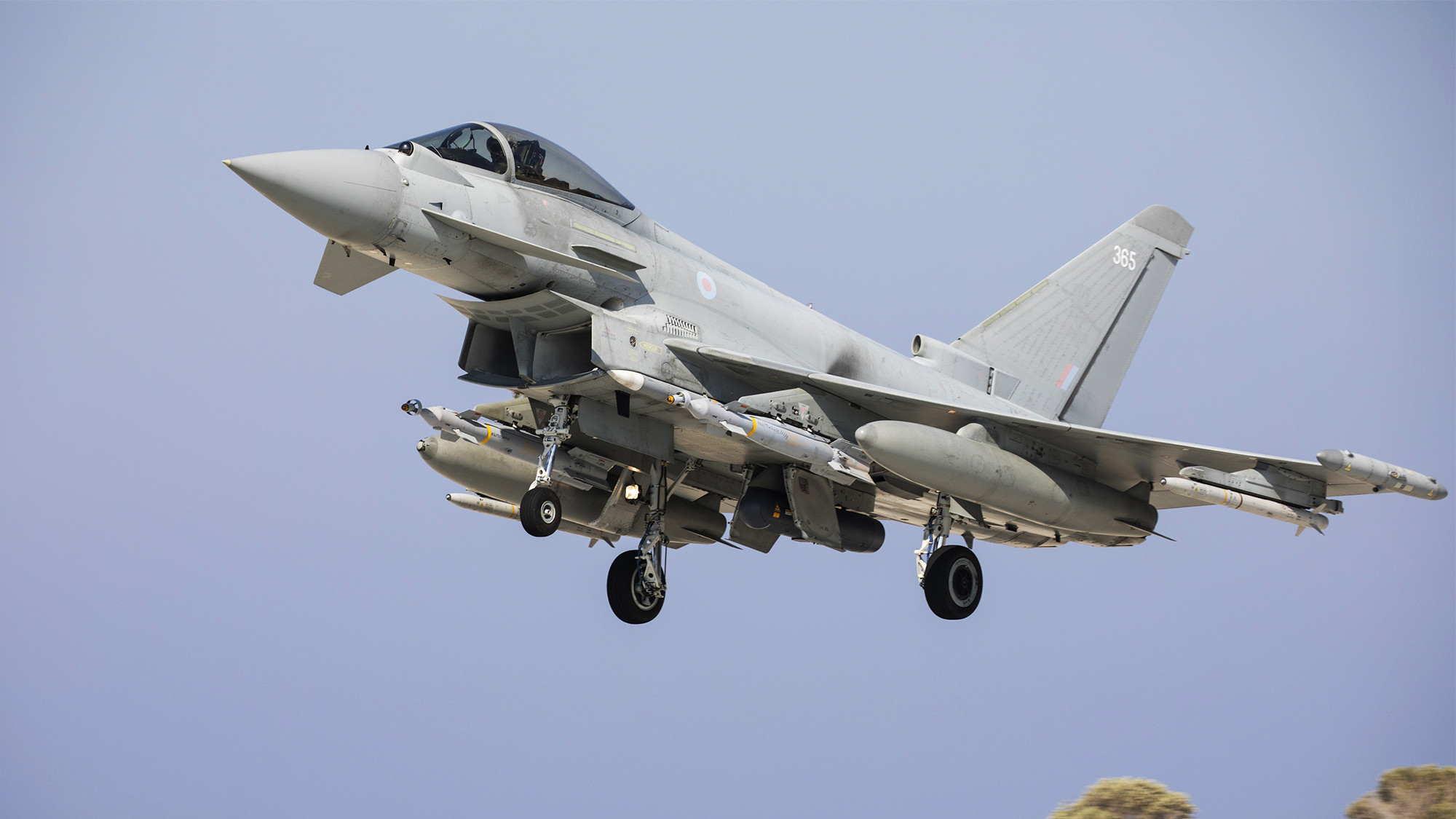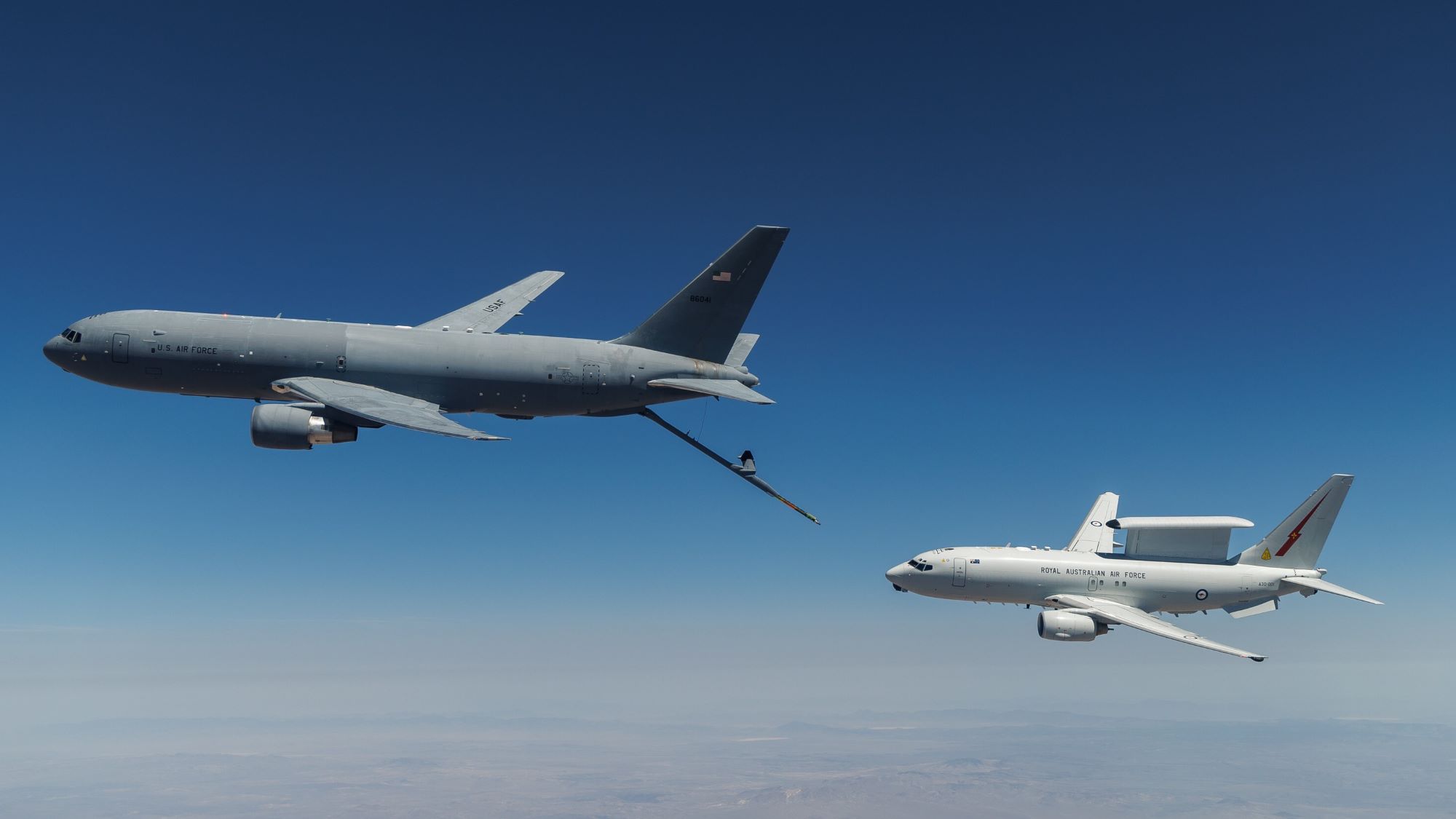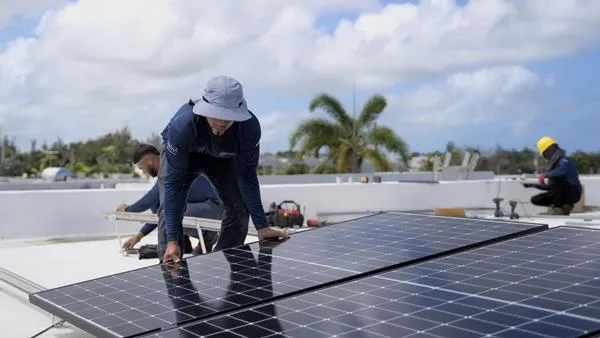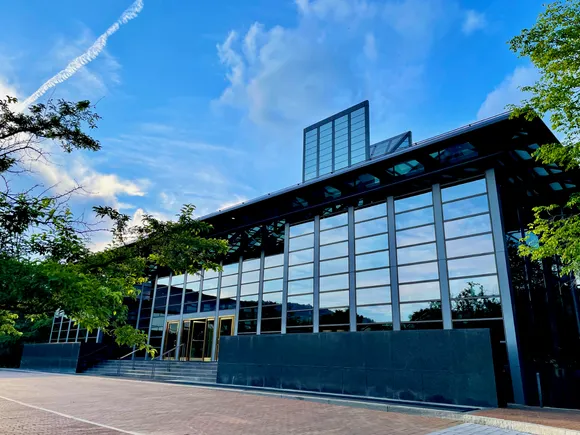Marines undergo ‘big cultural shift’ in hopes of more flexible budget
The change in the Marines’ budgeting approach comes as other services in recent years have been readjusting their budgeting processes in an effort to get Congress to let them have larger, more flexible pots of money.


U.S. Marine Corps Lance Cpl. Christian Breazeale, left, an intelligence specialist with 1st Battalion, 5th Marines, 1st Marine Division, explains the controls of a small unmanned aerial system drone to Staff Sgt. Larry Shaffer, an intelligence analyst with Combat Logistics Battalion 13, Combat Logistics Regiment 17, 1st Marine Logistics Group. (U.S. Marine Corps photo by Lance Cpl. Desiree Ruiz)
MODERN DAY MARINE 2025 — Portfolios within the Marine Corps Program Executive Office Land Systems are undergoing a “big cultural shift” in how they approach the budgeting process, officials said Wednesday.
Barbara Gault, program manager of the Expeditionary Radars office, said instead of submitting budget requests based on individual programs, her office will submit “capability requests,” meaning all programs that fall under one specific capability will be submitted together.
This will “demonstrate that it’s a fund all, or don’t fund them” approach, she said at the Modern Day Marine exposition in Washington, DC. “If you only fund pieces, we’re not going to meet what our requirement is going to be, and again, that’s a big cultural shift for us within the Marine Corps.”
The change in the Marines’ budgeting approach comes as other services in recent years have been readjusting their budgeting processes in an effort to get Congress to let them have larger, more flexible pots of money. Such pots of money, commonly referred to as “colorless money,” allow the services to have more control over more money that is not tied to one specific requirement.
As a result, the services can pivot to a more pressing requirement area if one arises. However, lawmakers have shown reluctance to the idea as they would have to forgo control over large sums of money.
Related: Army working with appropriators to iron out flexible spending plan
In tandem with Gault, Col. Jeffery Van Bourgondien, program manager of the Marine Air Ground Task Force Command and Control (MAGTF C2) office, said he is in the process of “breaking down” program elements within his portfolio to also allow for more flexible spending.
He said by fiscal year 2027, his office will have one program element for procurement dollars, another for research development test and evaluation and one or more for operations and maintenance.
“That allows me to move money across my entire profile and solve gaps for various capabilities, even in stride and during the current year of execution, without having to do any type of below threshold reprogramming and get that authorization from higher headquarters,” Van Bourgondien said.
He added that this new approach to budgeting will help his office see its entire C2 portfolio as a “common entity.”
“I can now start gaining efficiencies and synergies across my portfolio due to [this], and I’ll find cost savings, but I’ll also be able to turn capabilities out to the warfighter a lot faster,” he said. “I’m solving problems not along system profiles, but along a larger MAGTF C2 construct.”






























